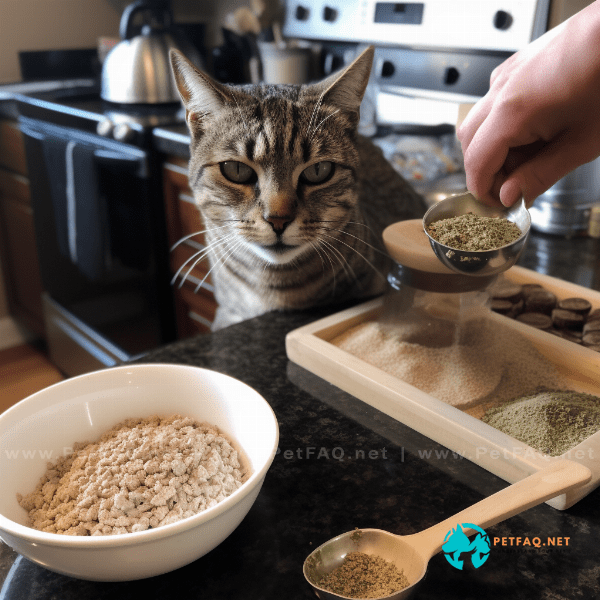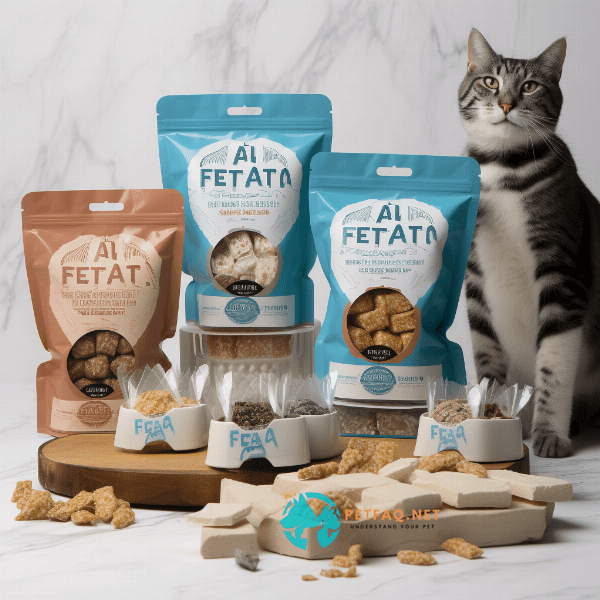Table of Contents
- The Importance of Feline Dental Health
- Recognizing the Signs of Cat Gum Disease
- Causes and Risk Factors for Feline Gum Disease
- Treatment Options for Cat Gum Disease
- Preventing Cat Gum Disease Through Dental Care
- Brushing Your Cat’s Teeth: Tips and Techniques
- Other Dental Care Strategies for Your Feline Friend
- The Role of Nutrition in Feline Dental Health
- Regular Checkups: The Key to Preventing Cat Gum Disease
- Maintaining Your Cat’s Dental Health: Best Practices for Pet Owners
The Importance of Feline Dental Health
Taking care of your cat’s teeth and gums is an important aspect of overall pet health. Unfortunately, dental problems are all too common in cats, with Cat gum disease being a leading concern. Neglecting your cat’s dental health can lead to a range of health issues and can even impact their quality of life. Here are some reasons why feline dental care is so important:
Maintaining Healthy Teeth and Gums
Just like humans, cats rely on their teeth and gums to eat, play, and communicate. A healthy set of teeth and gums enables them to enjoy their favorite foods, play with their toys, and even groom themselves effectively. Neglecting their dental health can lead to painful infections, tooth loss, and difficulty eating.
Preventing Cat Gum Disease
Cat gum disease, also known as periodontal disease, is a common condition that affects many cats. It occurs when bacteria in the mouth combine with food particles to form plaque, which can then harden into tartar. Tartar buildup irritates the gums, leading to inflammation and infection. Over time, this can lead to tooth loss and other serious health issues. By prioritizing your cat’s dental care, you can help prevent gum disease and other dental problems.
Catching Dental Issues Early
Regular dental checkups can help identify dental issues before they become more serious. Your veterinarian can examine your cat’s teeth and gums for signs of decay, infection, or other problems. Early intervention can often prevent the need for more invasive and costly treatments down the line.
Improving Overall Health and Quality of Life
Neglecting your cat’s dental health can have broader health implications beyond just their teeth and gums. Oral infections and inflammation can contribute to other health problems, including heart disease, kidney disease, and diabetes. By prioritizing your cat’s dental health, you can help ensure that they enjoy a healthy, happy life.
In conclusion, taking care of your cat’s dental health is critical for their overall well-being. By being proactive about dental care, you can help prevent cat gum disease and other dental problems, catch issues early, and improve their overall quality of life.
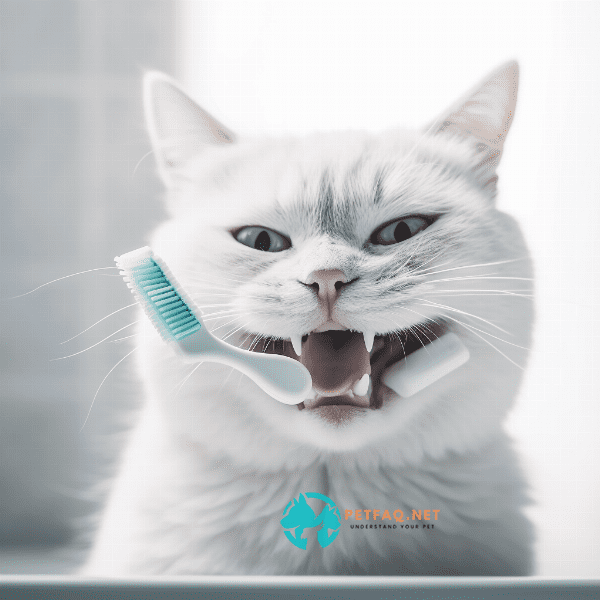
Recognizing the Signs of Cat Gum Disease
Cat gum disease can be difficult to detect in its early stages, but there are some signs and symptoms to look out for. By recognizing the signs of cat gum disease, you can take proactive steps to address the issue before it becomes more serious.
Bad Breath
One of the earliest signs of cat gum disease is bad breath, also known as halitosis. This occurs as bacteria in the mouth produce foul-smelling gases that are released when your cat exhales. While some level of bad breath is normal for cats, especially those who eat fish-based diets, a sudden and persistent change in your cat’s breath odor can be a sign of gum disease.
Changes in Eating Habits
If your cat starts to avoid certain types of food, it could be a sign of gum disease. Sensitive or inflamed gums can make it painful for cats to eat certain types of food, especially crunchy or hard items. They may also start to drool excessively or paw at their mouth while eating.
Swollen or Bleeding Gums
Gums that are swollen, red, or bleeding are a clear indication of cat gum disease. You may notice blood on your cat’s toys or in their water dish, or you may see visible inflammation around the gum line. In some cases, gums may also recede, exposing the roots of the teeth and making them more prone to decay.
Changes in Behavior
Cat gum disease can cause pain and discomfort, which may lead to changes in your cat’s behavior. They may become more irritable, withdrawn, or reluctant to play or cuddle. They may also paw at their mouth or rub their face against objects in an attempt to relieve discomfort.
By recognizing these signs of cat gum disease, you can take action to address the issue before it becomes more serious. If you suspect that your cat may have gum disease, consult with your veterinarian for a professional evaluation and treatment plan. With proactive care, you can help ensure that your cat enjoys optimal dental health and overall well-being.
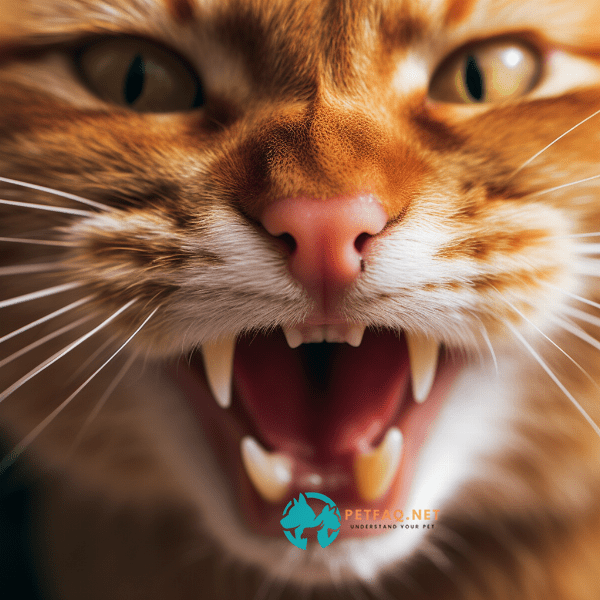
Causes and Risk Factors for Feline Gum Disease
Cat gum disease is a complex condition that can have multiple causes and risk factors. Understanding these underlying factors can help you take proactive steps to prevent and treat gum disease in your feline friend.
Plaque and Tartar Buildup
The primary cause of cat gum disease is plaque and tartar buildup on the teeth. Plaque is a sticky film that forms on the teeth when bacteria in the mouth combine with food particles. Over time, plaque can harden into tartar, which can irritate the gums and lead to inflammation and infection.
Age
As cats age, they become more susceptible to gum disease. This is partly due to changes in their immune system and partly due to the accumulation of wear and tear on the teeth and gums over time.
Diet
Diet plays an important role in cat gum disease. Cats who consume soft, wet foods may be more prone to gum disease than those who eat crunchy or dry foods. This is because soft foods are more likely to stick to the teeth and gums, providing a breeding ground for bacteria.
Breed and Genetics
Certain cat breeds, such as Siamese and Persian cats, may be more prone to gum disease than others. Genetics can also play a role in gum disease susceptibility, with some cats having a higher risk due to inherited traits.
Other Health Conditions
Underlying health conditions, such as diabetes or kidney disease, can increase a cat’s risk of developing gum disease. These conditions can weaken the immune system and make it harder for the body to fight off infections.
By understanding the causes and risk factors of cat gum disease, you can take proactive steps to prevent the condition from developing or worsening. This may include regular dental cleanings, feeding your cat a healthy diet, and managing any underlying health conditions. If you suspect that your cat may have gum disease, consult with your veterinarian for a professional evaluation and treatment plan.
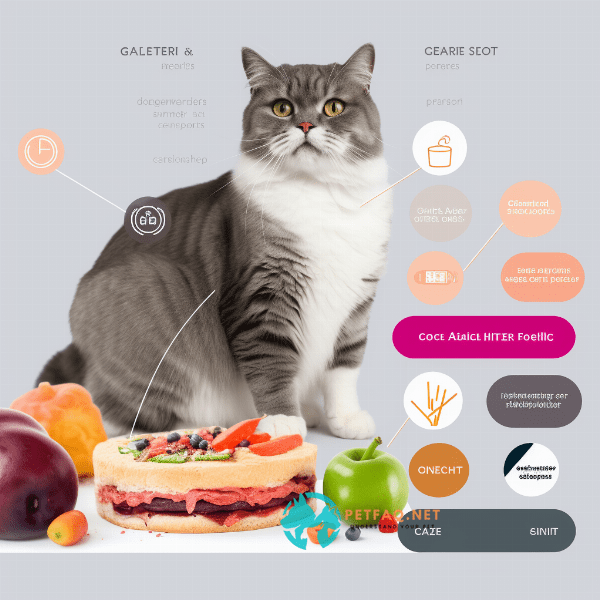
Treatment Options for Cat Gum Disease
Treating cat gum disease involves a combination of professional veterinary care and at-home dental care. The specific treatment plan will depend on the severity of the gum disease and the underlying causes.
Professional Veterinary Care
If your cat has gum disease, your veterinarian may recommend a professional dental cleaning. This typically involves putting your cat under anesthesia and using specialized tools to remove plaque and tartar buildup from the teeth and gums. In some cases, antibiotics may also be prescribed to treat any underlying infections.
At-Home Dental Care
Once your cat has received professional dental care, it’s important to continue with at-home dental care to prevent gum disease from recurring. This may include regular brushing of your cat’s teeth using a toothbrush and toothpaste specially formulated for cats. Your veterinarian can provide guidance on how to brush your cat’s teeth effectively and recommend other dental care products, such as dental chews or water additives.
Diet and Lifestyle Changes
Diet and lifestyle changes can also play a role in treating cat gum disease. Feeding your cat a healthy diet that includes crunchy, dry food can help to remove plaque from the teeth and gums. Regular exercise can also support overall health and immune function.
By working with your veterinarian and implementing a comprehensive treatment plan, you can help manage cat gum disease and prevent it from progressing. With ongoing dental care and a commitment to maintaining your cat’s overall health, you can help ensure that your feline friend enjoys optimal dental health and well-being.

Preventing Cat Gum Disease Through Dental Care
Prevention is key when it comes to cat gum disease. By prioritizing dental care for your feline friend, you can help prevent the condition from developing in the first place. Here are some tips for preventing cat gum disease through dental care:
Dental chews and treats can also help to prevent cat gum disease by mechanically removing plaque and tartar from the teeth. Look for products that are specifically designed to promote dental health in cats, and avoid those that are high in sugar or contain unhealthy fillers.
Regular Dental Checkups
Regular dental checkups with your veterinarian are an important part of preventing cat gum disease. Your veterinarian can examine your cat’s teeth and gums for signs of disease and recommend a treatment plan if necessary. They can also provide guidance on at-home dental care and answer any questions you may have.
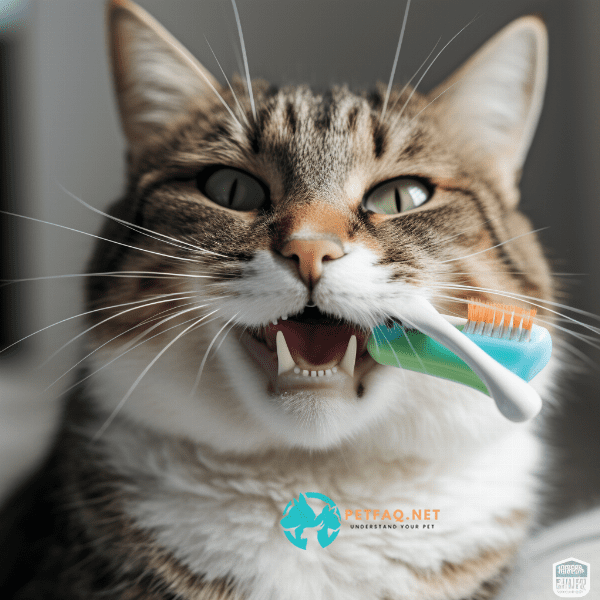
Brushing Your Cat’s Teeth: Tips and Techniques
Regular brushing of your cat’s teeth is an essential part of preventing cat gum disease. While it may seem like a daunting task, with patience and practice, you can make brushing your cat’s teeth a part of your regular routine. Here are some tips and techniques for brushing your cat’s teeth effectively:
Start Slowly
If your cat is not used to having their teeth brushed, it’s important to start slowly and gradually build up to a full brushing routine. Start by simply touching their mouth and teeth with your finger, and reward them with treats or praise. Once they are comfortable with this, you can move on to using a finger brush or small toothbrush.
Use the Right Tools
When brushing your cat’s teeth, it’s important to use the right tools. Use a toothbrush and toothpaste specially formulated for cats, as human toothpaste can be toxic to cats. Look for a toothbrush with soft bristles and a small head that can fit comfortably in your cat’s mouth.
Be Gentle
When brushing your cat’s teeth, it’s important to be gentle and avoid causing any discomfort. Use a circular motion to brush the teeth and gums, and avoid pressing too hard or scrubbing aggressively. If your cat seems uncomfortable or starts to struggle, take a break and try again later.
Reward Good Behavior
Rewarding your cat for good behavior can make the process of brushing their teeth more enjoyable for both of you. Offer treats or praise during and after brushing to encourage positive associations with the experience.
Be Consistent
Consistency is key when it comes to brushing your cat’s teeth. Aim to brush their teeth at least two to three times per week, and make it a part of your regular routine. This can help prevent cat gum disease and other dental problems.
By following these tips and techniques, you can make brushing your cat’s teeth a positive and effective part of your feline dental care routine. With patience and practice, you can help prevent cat gum disease and ensure that your cat enjoys optimal dental health and overall well-being.
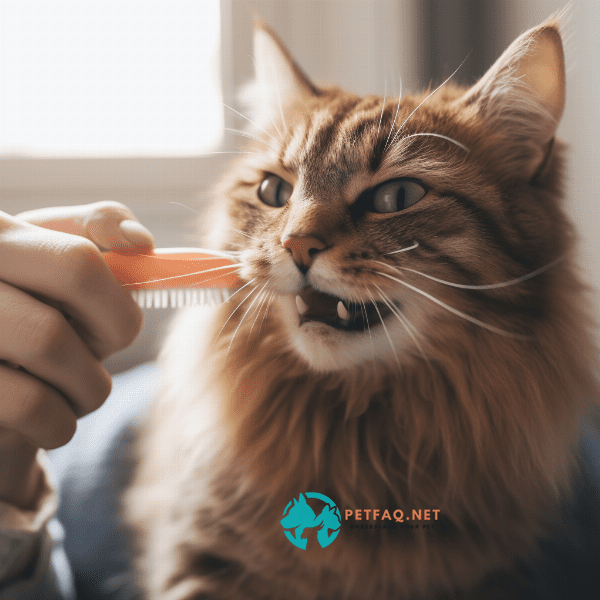
Other Dental Care Strategies for Your Feline Friend
In addition to regular brushing and professional dental cleanings, there are other dental care strategies you can implement to help prevent cat gum disease and other dental problems. Here are some additional strategies for maintaining your cat’s dental health:
Dental Wipes and Sprays
Dental wipes and sprays can be a convenient and effective way to support your cat’s dental health. These products are applied directly to the teeth and gums and work by reducing plaque and tartar buildup.
Dental Toys and Treats
Dental toys and treats can also help to promote healthy teeth and gums in cats. Look for toys and treats that are specifically designed to support dental health, such as those with ridges or bumps that can help mechanically remove plaque from the teeth.
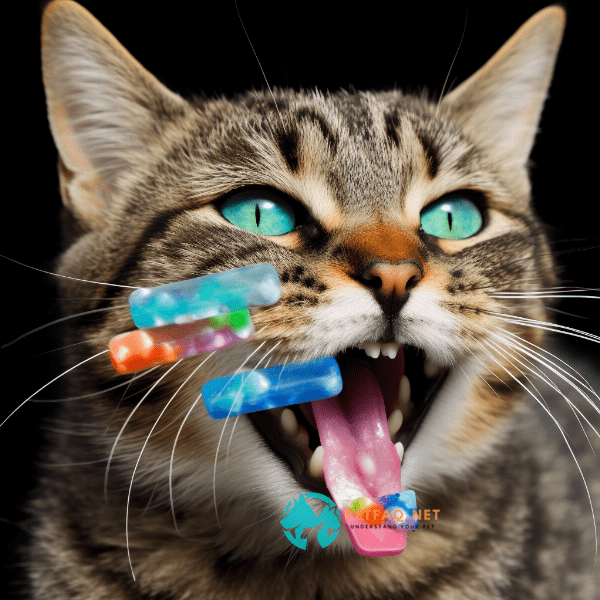
The Role of Nutrition in Feline Dental Health
Diet plays an important role in feline dental health, and feeding your cat a healthy, balanced diet is key to preventing cat gum disease and other dental problems. Here’s a closer look at the role of nutrition in feline dental health:
Crunchy, Dry Foods
Crunchy, dry foods can help promote healthy teeth and gums in cats. This is because the mechanical action of chewing crunchy food helps to remove plaque and tartar from the teeth. In addition, dry foods are less likely to stick to the teeth and gums, which can reduce the risk of bacterial growth.
Wet Foods
While wet foods are generally not as beneficial for dental health as dry foods, they can still be a part of a healthy diet for cats. Look for wet foods that are low in carbohydrates and sugars, as these can contribute to plaque and tartar buildup on the teeth.
Dental Diets
Dental diets are specially formulated to support feline dental health. These diets typically contain a combination of crunchy kibble and specially designed dental treats that can help mechanically remove plaque from the teeth. Some dental diets may also contain ingredients that help reduce bacterial growth in the mouth.
Nutritional Supplements
Nutritional supplements can also play a role in supporting feline dental health. Look for supplements that contain ingredients like omega-3 fatty acids, which can help reduce inflammation in the gums, or probiotics, which can support a healthy balance of bacteria in the mouth.
By feeding your cat a healthy, balanced diet and incorporating dental diets and nutritional supplements as needed, you can help prevent cat gum disease and ensure that your feline friend enjoys optimal dental health and overall well-being. Consult with your veterinarian to determine the best dietary plan for your cat based on their individual needs and health status.

Regular Checkups: The Key to Preventing Cat Gum Disease
Regular dental checkups with your veterinarian are essential for preventing cat gum disease and other dental problems. Here are some reasons why regular checkups are so important:
Early Detection of Dental Problems
Regular checkups allow your veterinarian to identify any dental problems early on, before they have a chance to progress. This can include identifying signs of gum disease, tooth decay, or other dental issues that can affect your cat’s overall health and well-being.
Professional Dental Cleaning
During a dental checkup, your veterinarian can also perform a professional dental cleaning. This involves removing plaque and tartar buildup from your cat’s teeth and gums using specialized tools. This can help prevent the development of gum disease and other dental problems.
At-Home Dental Care Guidance
Your veterinarian can also provide guidance on at-home dental care, including how to brush your cat’s teeth effectively and recommend other dental care products, such as dental chews or water additives. They can also answer any questions you may have about maintaining your cat’s dental health.
Early Intervention for Other Health Issues
Regular checkups can also help identify other health issues that can affect your cat’s dental health. For example, underlying health conditions like diabetes or kidney disease can increase your cat’s risk of developing gum disease. By identifying these issues early on, your veterinarian can provide early intervention and help prevent further dental problems from developing.

Maintaining Your Cat’s Dental Health: Best Practices for Pet Owners
As a pet owner, there are several best practices you can implement to help maintain your cat’s dental health and prevent cat gum disease. Here are some tips to keep in mind:
Dental Treats and Chews
Regular Checkups
Healthy Diet
Feeding your cat a healthy, balanced diet can also help prevent gum disease. Avoid soft, wet foods that can stick to the teeth and gums and provide a breeding ground for bacteria. Instead, opt for crunchy, dry foods that can help mechanically remove plaque from the teeth.
By incorporating these best practices into your routine, you can help maintain your cat’s dental health and prevent cat gum disease. With regular dental checkups, at-home dental care, and a commitment to maintaining a healthy diet, you can help your cat maintain healthy teeth and gums throughout their life.
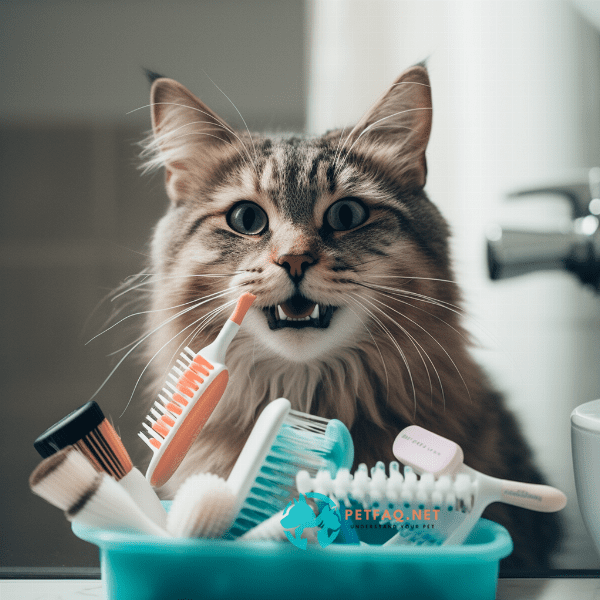
Frequently Asked Questions (FAQs) about Cat gum disease:
1. What can cat owners do at home to prevent gum disease?2. At what age are cats most susceptible to developing gum disease?
3. How is cat gum disease diagnosed?
4. Can diet play a role in preventing cat gum disease?
5. What are the treatment options for cat gum disease?


